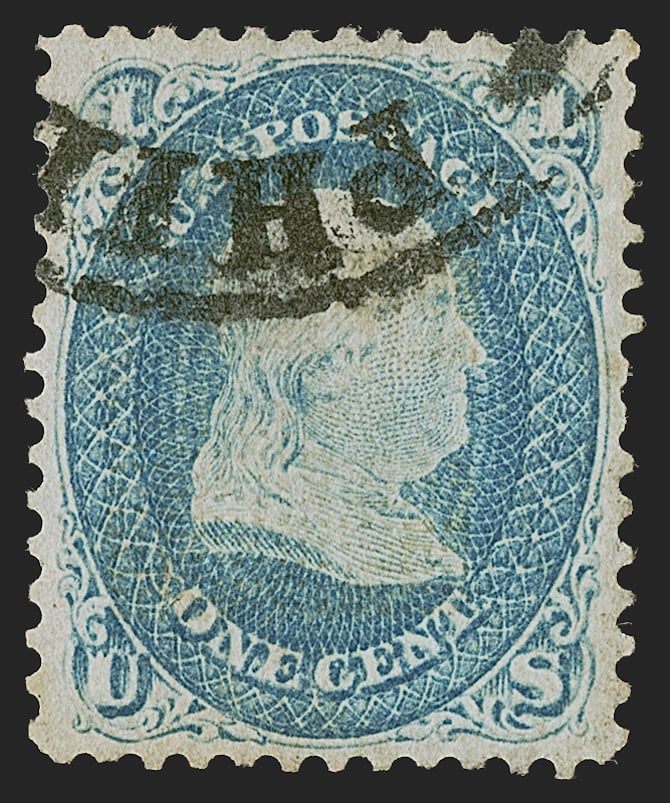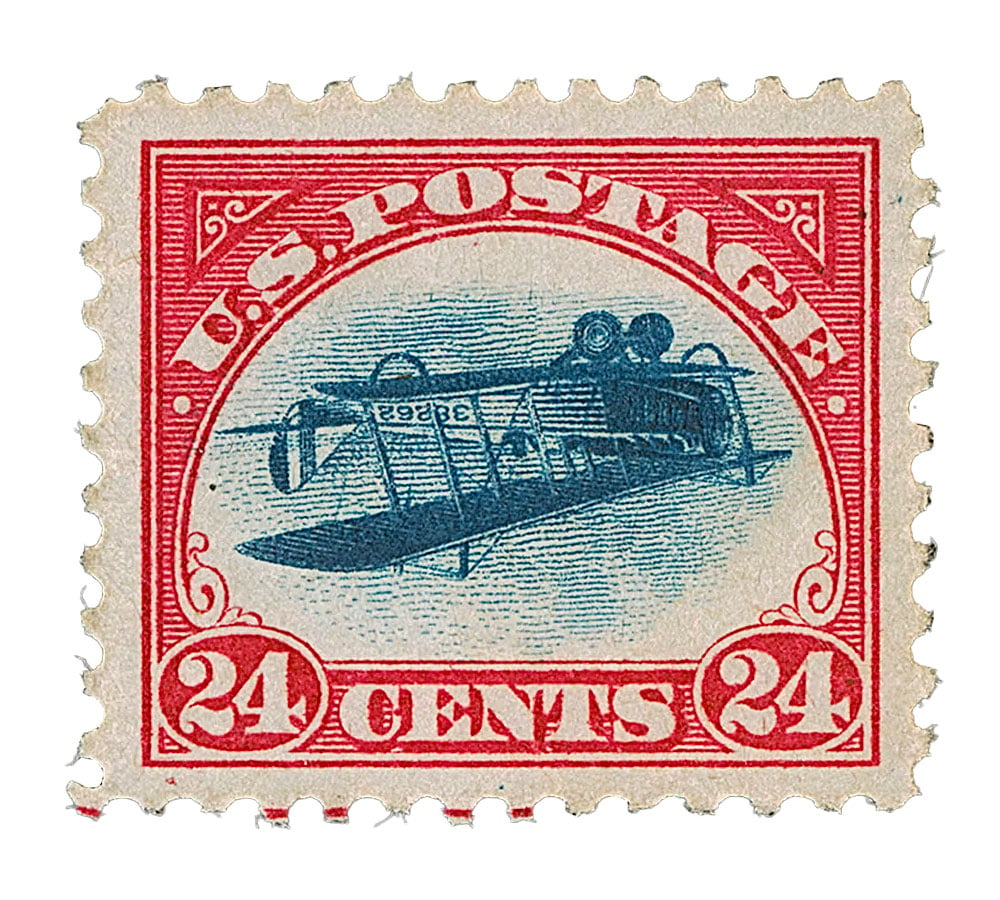Auctions
This $5 Million Civil War-Era Stamp Could Smash an Auction Record
The rare piece will be offered in a sale of Pimco founder William H. Gross's renowned philatelic collection.

The rare piece will be offered in a sale of Pimco founder William H. Gross's renowned philatelic collection.

Eileen Kinsella

In June, New York’s Robert A. Siegel Auction Galleries will offer what it is billing as the most valuable U.S. postage stamp, an extraordinarily rare 1868 one-cent “Z-grill” stamp featuring Benjamin Franklin.
One of only two such stamps known to exist, the Z-grill will carry an estimate of $4 million to $5 million in a two-day sale of the stamp collection of William H. Gross, the bond king who founded Pimco in the early 1970s.
If the stamp sells within that range, it will smash the current record for a U.S. postage stamp, which is the $2 million bid for an “Inverted Jenny” at Siegel this past November.
The Z-grill lot will come up in a June 14 sale of 100 lots from Gross’s holdings at the Lotte New York Palace Hotel. The next day, more of his material will be offered at the Collectors Club of New York at its new location overlooking Bryant Park.
But back to the “Z-grill.”
The only other surviving copy of the stamp is at the New York Public Library, which received it as a donation in 1925.
Gross’s version has a long auction history. According to the New York Times, it went for $90,000 in 1977 and then $418,000 in 1986, when it was purchased by Robert Zoellner. It was sold again in 1998 for $935,000, when Gross acquired it.
“To understand why the Z-grill is such a rarity, we need to look at the United States Post Office after the Civil War,” Siegel said in a statement. At the time, postage stamps were still in their infancy and there were concerns about people washing off cancellations from stamps and using them again. The potential loss of revenue led to the creation of methods for preventing reuse. One such innovation was the “grill,” a waffle-pattern embossed into the paper with a metal device—indentations that make it more difficult to wipe away the cancellation mark.

The Inverted Jenny stamp. Courtesy of Siegel Auction.
Grills were applied to U.S. stamps for about five years, starting in 1867, according to Siegel, and collectors have identified different sizes and shapes that are categorized with various letters. The Z-grill is especially rare. Only two one-cent stamps, two 15-cent stamps, and six ten-cent stamps with the Z-grill have ever been certified genuine. All are used and cancelled, including the one being sold by Gross.
“People have been waiting for this sale for years,” Siegel director Charles Shreve said in a phone interview.
Shreve, who served as a philatelic advisor to Gross for more than 30 years, said that when he sold other material owned by the collector, stamp aficionados would say, “That’s great. That’s fabulous. But what about his singles?” (The Z-grill is an example of a single.)
“It’s the most significant rare stamp auction in decades,” Shreve added. “The two-day sale without question will realize more than any stamp auction ever.” The collection is expected to realize between $15 million and $20 million.
Gross began selling his international stamps in 2007 and his U.S. stamps in 2018.
Though Gross has said he will “definitely feel sorry” when the Z-Grill is sold, according to Shreve, “the person who buys it will have something no one else can.”
He told the New York Times that the Z-grill essentially completed Gross’s collection when he acquired it in 1998. After that, he began losing interest because there was nothing left to buy.